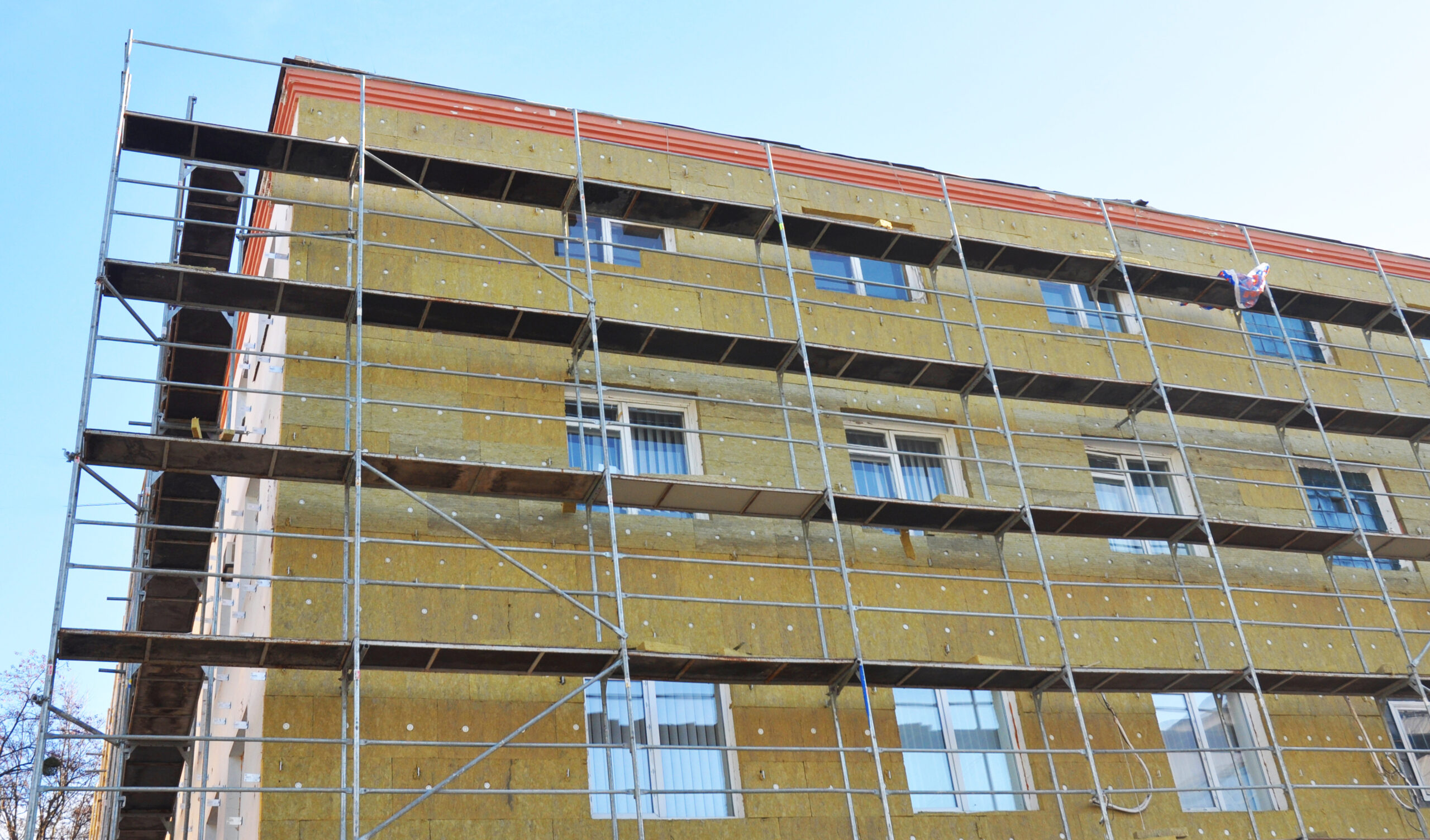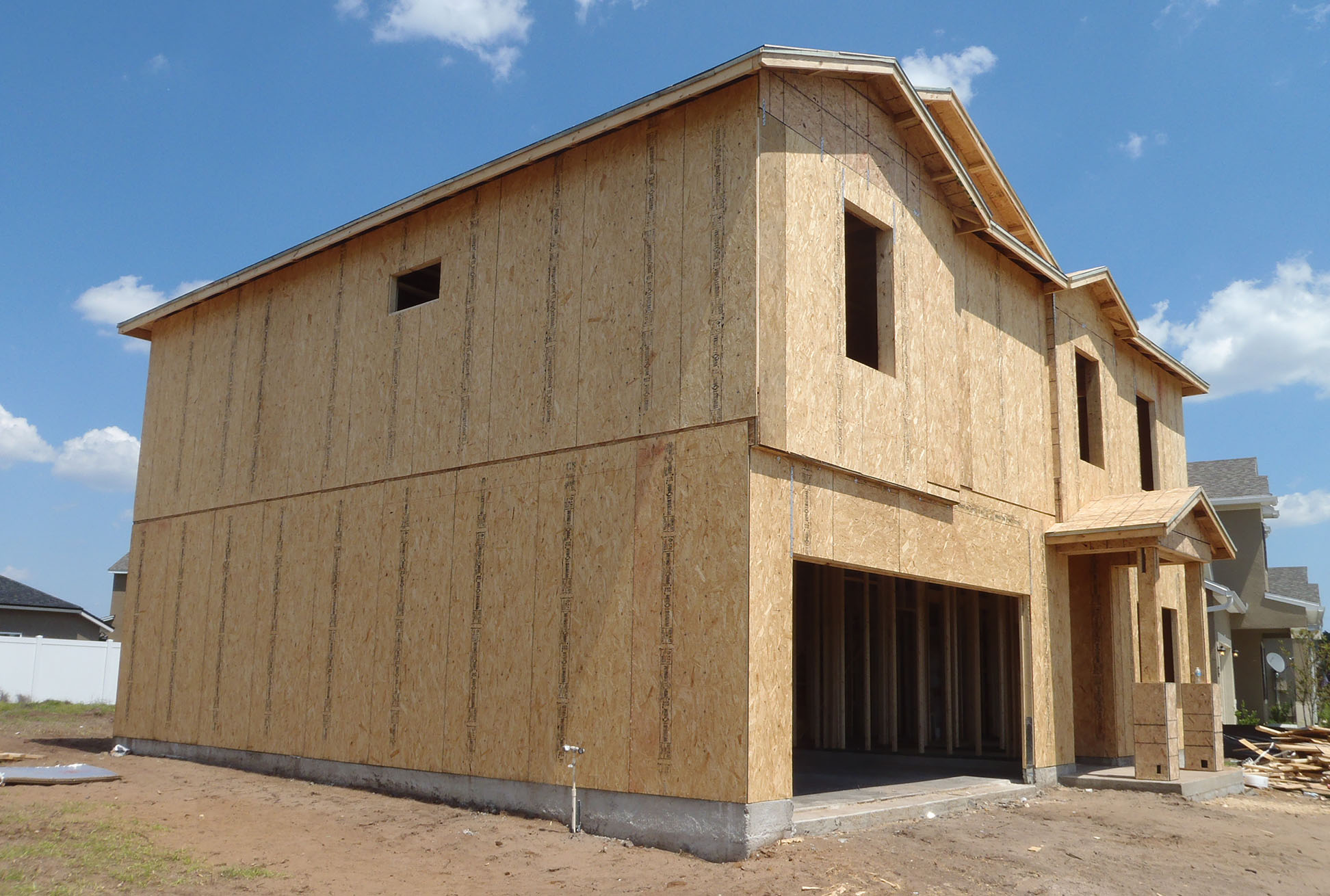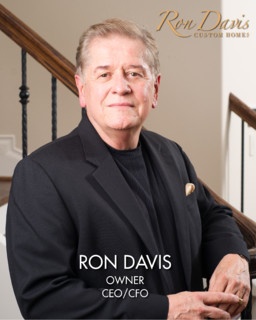For the second time in three years, North Carolina Builder Shawn Jessup has won a U.S. Department of Energy (DOE) Housing Innovation Award. While Jessup’s scale may be small, at two to three builds per year, he is in high demand. S.D. Jessup Construction fields constant requests from potential customers in Raleigh, NC and other areas more than two hours away from their Pilot Mountain, NC base. Insulation Institute reached out to Jessup to get the scoop on his formula for constructing award-winning homes.
Details »Insulation Institute Blog
Posts Categorized: Energy Codes
The Air Sealing Learning Curve
When newer editions of the International Energy Conservation Code (IECC) are introduced in states, often there’s a learning curve for home builders, especially when it comes to verification of a home’s air tightness with a blower door test. Some builders are having a tough go of meeting the new requirements. Increasingly, they’re relying on energy efficiency professionals, like HERS raters to help them achieve the target. Insulation Institute spoke with Jonathan Lang, Manager of Training & Certifications for Knauf Insulation who is a BPI Certified Building Analyst, Building Performance Specialist, and ICC Residential Energy Inspector (whew!). We spoke about the challenges builders face in meeting air tightness requirements and why communication and education are so critical to meeting the targets.
Details »Mineral Wool: A Solution to Thermal Bridging
Thermal bridging or the escape of heat through low-performing areas in a building envelope presents a huge problem for builders interested in energy-efficient buildings. One of the reasons that modern buildings are now more energy efficient than ever is that newer building energy codes, like the 2015 IECC and ASHRAE 90.1 prescriptively include the use of continuous insulation in most climates to reduce thermal bridging. While there are many different continuous insulation products and applications, mineral wool is gaining in popularity as an effective solution in minimizing thermal bridging.
Details »Our Top Five Blog Posts of 2018
With 2018 coming to a close, we reviewed the most read blog posts of the year. Air sealing was our most popular topic. With more states adopting stronger energy codes, readers were very interested in how to use high-performance building practices and proper air sealing to achieve new air tightness targets.
Details »Getting 3 ACH50 Without Breaking the Bank
As we reported earlier this year, 36 states currently use a version of the residential energy code equivalent to the 2009 International Energy Conservation Code (IECC) specification or lower. As states work to adopt and implement more recent versions of the IECC (2012 or 2015), some builders may find it challenging to meet the blower door testing requirements of newer energy efficiency codes. Moreover, doing this cost- effectively is a top-of-mind concern. But, builders can leverage existing relationships with manufacturer partners and an energy consultant or HERS rater to keep costs in check and meet airtightness requirements.
Ron Davis, owner of Ron Davis Custom Homes takes pride in the craftsmanship of the luxury homes his company builds in and around Dallas, TX. The company has a reputation for quality and is committed to energy-efficient building, constructing HERS-rated and Energy Star homes. By working with a top energy consultant and a national insulation manufacturer, Davis developed a successful, repeatable strategy for building airtight, High-performance Homes. The approach allows this high-end builder to meet stricter airtightness levels without breaking the bank.
Details »




